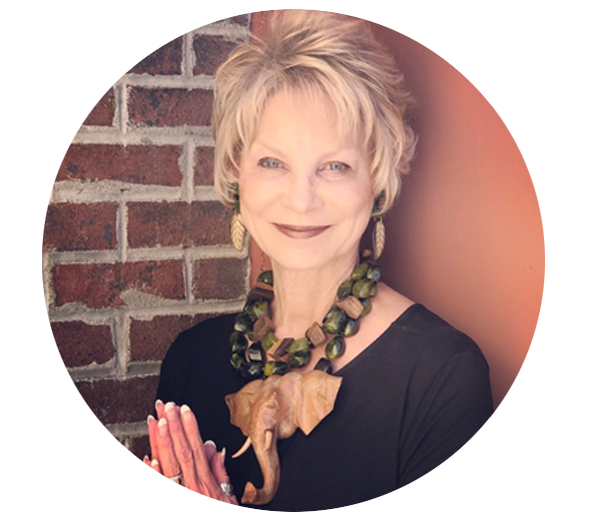
This time of year, it’s easy to begin to recite unconscious, redundant holiday greetings such as Merry Christmas, Happy Hanukkah, Happy Holidays, or Happy New Year. While a sincere sentiment might be your intention, could we just stop a minute and acknowledge those who aren’t feeling so merry and bright this season?
Holidays can be an emotional time of year for some, especially those who mark the holidays with anniversaries such as “This is the first holiday without (insert loved one’s name)!” Or, “I cannot believe it’s been so many years that (loved one) hasn’t been here for the holidays.” Remembering and reminiscing are part of the grieving process.
Rather than skirt around the grief or try to act as if it’s not there, consider these thoughtful and compassionate HAPPY options:
HONOR that the holiday is an anniversary. Talk about it. There’s no need to shy away from sensitive, vulnerable conversations. The first stage of grief includes shock, denial, and numbness. Acknowledging the loss, as it is part of recovering when done with a safe caring person. Don’t be surprised if the grieving person talks about what "could have been done" to prevent the death or loss or the things they “should have done” — which are part of the second stage of grief. Listen! Just listen!
ASK about the deceased or departed so the third and fourth stages of grief — depression and anger — don’t have time to take hold. There’s an old German saying, “The only thing worst than a fart in church, is acting as if there wasn’t a fart at all!” As graphic and maybe seemly inappropriate as this analogy might first appear, it was used in my family to call out the elephant in the room. To act as if there isn’t a void is very discounting, dishonoring, and disrespectful. Depression is often described as internalized anger or a sense of helplessness caused by not acknowledging the pain and confusion caused by the loss. To ask about the one lost is a way to externalize rather than keep everything inside. Ask about the lessons or legacy left behind. Help them to frame purpose from their loss. This may very well take more than just one conversation. Listen attentively as an ‘act of service’ in their healing journey, remembering it’s a tunnel to get through rather than a jail cell to waste away in.
PAUSE and simply place your hand over your heart and offer a knowing smile. Often words aren’t needed. There is power in nonverbal communication. Often referred to as the universal empathy mudra, placing your hand on your heart is understood in all languages. Maintain eye contact as long as possible. Allow your eyes to convey your deepest sympathy and empathy.
PREPARE yourself for an emotional release without the need to fix anything. We must feel what we want to heal. The final stage of a grief journey is acceptance on some level. In time, people can come to terms with the emotions and feelings experienced when a death or loss happens. Crying, screaming, or throwing a tantrum are actually signs of emotional movement. Rather than holding the grief in, encourage the release. These external emotional outlets are most productive when done with a safe, understanding person who is willing to ‘hold space’ for the emotive release. If you have the honor of being a ‘sacred space holder’ it is because you are ready to do so — it wouldn’t be happening if you had not done your own emotional and spiritual healing. Be of service to another.
YOKE with the reason for the season, whatever your tradition. December is a time of endings and new beginnings. Allow the winter solstice to be a gateway to ceremony and healing.
Drawing on an ancient Gallic tradition, on the shortest day of the year, December 21st, kneel at dusk, placing your hand over your heart and whispering the names of the departed. Be in silence for 365 seconds, or a little over six minutes. It will feel like an eternity of silence, symbolizing the hole left in the soul of those who have loved and lost. At the end of the silence, bow, kiss the earth, and then blow kisses to the heavens. Legend has it that the veil is thinnest on the eve of the solstice; it is a time when the departed are permitted to come closest to their living loved ones and blow kisses back.
Whether this legend is fact or fiction, thousands of people have participated in this healing ritual as a stepping stone in the process of healing their grief. The sun will come up in the morning and each day thereafter will grow longer giving us time to once again love deeply.
On a personal note, I will be kneeling in ceremony this year in hopes that my granddaughter Lauren Joy and my dear friend Cheryl Speen (both who left this earth in September) receive my kisses. While my heart hurts from the loss, I would do it all over to be a part of their journeys here on earth.


